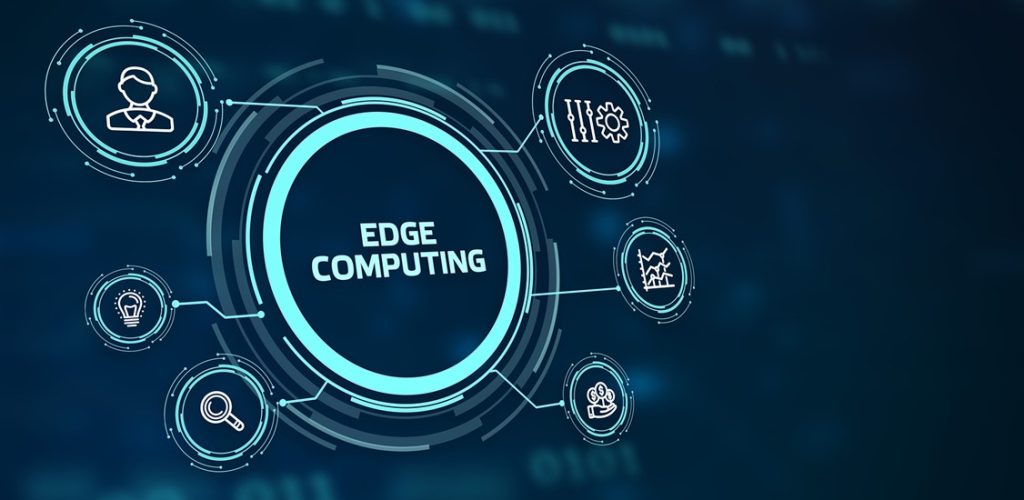Table of Contents
In the rapidly evolving landscape of technology, two paradigms have emerged as transformative forces: cloud computing and edge computing. While both are essential in enabling modern digital services, they serve distinct purposes and offer unique benefits. Understanding the differences between edge computing and cloud computing is crucial for businesses and individuals looking to optimize their IT strategies. This article explores the fundamental concepts, advantages, and challenges of both computing models, providing a detailed comparison to help you determine which approach best suits your needs.

Understanding Cloud Computing
Cloud computing is a model that allows users to access computing resources such as servers, storage, databases, networking, software, and analytics over the internet, often referred to as “the cloud.” These resources are hosted in large data centers managed by cloud service providers like Amazon Web Services (AWS), Microsoft Azure, and Google Cloud Platform (GCP). The main appeal of cloud computing lies in its scalability, flexibility, and cost-efficiency. Users can quickly scale resources up or down based on demand, without the need to invest in expensive infrastructure. Moreover, cloud computing supports a wide range of applications, from data storage and processing to machine learning and artificial intelligence.
Key Benefits of Cloud Computing
- Scalability: Cloud computing offers virtually unlimited scalability. Businesses can easily adjust their resources to accommodate changing workloads, making it ideal for applications with fluctuating demands.
- Cost Efficiency: By adopting a pay-as-you-go model, cloud computing reduces the need for upfront capital investment in hardware. Users only pay for the resources they consume, which can lead to significant cost savings.
- Global Accessibility: Cloud services are accessible from anywhere with an internet connection, enabling remote work and global collaboration. This accessibility is particularly beneficial in today’s increasingly remote workforce.
- Maintenance and Updates: Cloud service providers handle the maintenance, updates, and security of the infrastructure, freeing users from these tasks and ensuring they always have access to the latest technologies.
Challenges of Cloud Computing
Despite its many advantages, cloud computing is not without challenges. Latency, or the time it takes for data to travel between the user’s device and the cloud, can be a significant issue for time-sensitive applications. Additionally, data privacy and compliance concerns may arise, as storing sensitive information on third-party servers could expose it to potential security breaches.

Understanding Edge Computing
Edge computing is a distributed computing model that brings computation and data storage closer to the location where it is needed, typically at the “edge” of the network. Instead of relying on a centralized cloud data center, edge computing processes data locally on devices such as sensors, IoT devices, or local servers. This approach reduces latency and bandwidth usage, making it ideal for applications requiring real-time processing, such as autonomous vehicles, industrial automation, and smart cities.
Key Benefits of Edge Computing
- Reduced Latency: By processing data closer to the source, edge computing minimizes the time it takes for data to travel between devices and the server. This reduction in latency is critical for real-time applications that require immediate responses.
- Bandwidth Optimization: Edge computing reduces the amount of data that needs to be transmitted to central cloud servers, thus conserving bandwidth and reducing network congestion. This is especially beneficial in environments with limited connectivity.
- Enhanced Privacy and Security: By keeping data processing and storage local, edge computing can reduce the risk of data breaches associated with transmitting sensitive information to the cloud. This local processing also allows for more control over data privacy and compliance.
- Reliability: In scenarios where internet connectivity is unstable or unavailable, edge computing ensures that critical applications can continue to function, as they do not rely solely on cloud-based services.
Challenges of Edge Computing
While edge computing offers significant advantages, it also presents challenges. The distributed nature of edge computing can complicate the management and maintenance of devices, requiring more complex infrastructure. Additionally, the initial investment in edge devices and local servers can be higher compared to cloud computing, and scaling may be more difficult.
Edge Computing vs. Cloud Computing: A Comparative Analysis
- Latency: Edge computing has the upper hand in applications requiring low latency, such as autonomous vehicles or real-time analytics. Cloud computing, while generally more versatile, may struggle with latency issues in time-critical scenarios.
- Scalability: Cloud computing excels in scalability, making it suitable for businesses with varying demands. Edge computing, while scalable, may require more effort and investment to scale effectively, especially in highly distributed environments.
- Cost: Cloud computing often provides cost advantages due to its pay-as-you-go model, though edge computing may offer cost savings in scenarios where reducing bandwidth usage and latency is critical.
- Data Privacy and Security: Edge computing offers enhanced control over data privacy and security by keeping processing local, whereas cloud computing requires careful management of data privacy policies due to its centralized nature.

Conclusion
Both edge computing and cloud computing have their distinct advantages and challenges. The choice between them depends largely on the specific needs of the application or business. For real-time, latency-sensitive applications, edge computing is often the better choice. Conversely, for applications requiring massive scalability and global accessibility, cloud computing is the more suitable option. In many cases, a hybrid approach that combines the strengths of both models may provide the best of both worlds.
